So You've Subscribed To Wide Left
Wide Left has seen a lot of new subscribers. Here's what they're in for.
Wide Left has been through an incredible journey over the past two years, and we’ve recently added several new writers to provide more content on a more regular basis. If you’re one of the readers who became subscribed through that process, welcome in!
If you’ve subscribed through some other means, thank you for coming!
Either way, it’s good to get a lay of the land and an understanding of what you’re in for.
Many readers came to Wide Left by way of a piece written quite some time ago detailing the story behind The Draft Network. A good chunk of those new readers have decided to stay, which we’ve appreciated.
For a quick background on who we are and what we intend to accomplish with this newsletter, you can always click on our initial announcement or read the About section of the newsletter.
This newsletter is organized into three verticals: Lead Dive for NFL content, Two Gap for college- and draft-related content and Outside Zone for cultural and political commentary.
This organization allows readers to opt into or out of verticals that they want to receive emails for and neatly organizes the writing to make it easier to find. Wide Left will still feature pieces from all three verticals on the front page.
Previous pieces will be rehomed into the appropriate vertical, again to make things a bit easier to find and understand.
By the way, readers can opt in and out of specific verticals. Just go to your account settings and click through to the settings specific to Wide Left.



You’ll note there that we fully intend to share our political beliefs along with our beliefs about the sportswriting industry, football and culture. We also are traditional sportswriters who often discusses the minutiae of football itself.
New readers might expect a series of in-depth, independently reported novelettes like with the piece on The Draft Network. That kind of reporting is not typical to our portfolio, though those pieces will still occur from time to time. Primarily, however, we’ve invested in research rather than reporting.
That’s not to say there aren’t stories featuring original reporting, those that dive deep into lawsuits or otherwise happen to be lengthy explorations on a single subject. Linked below are a number of pieces that characterize this newsletter.
We’ll touch on pieces featuring original reporting, discussions of the sportswriting industry, the deployment of analytics in football, film analysis of the game, my off-the-cuff rants and our political writing.
Original Reporting
One of our most recent pieces that featured deep reporting was this piece on the college all-star circuit and how it interacts with the NFL draft process.
What Happens At College All-Star Games?
Several years ago, I reported on the dueling politics between the two primary college all-star games on the college circuit, the Reese’s Senior Bowl in Mobile, Alabama and the East-West Shrine Bowl in Frisco (or Denton), Texas. That competition has only ramped up in the following years.
When the dynamics between these two bowl games was originally reported, there was a suggestion that Galko and Nagy had been attempting to leverage their success in putting together these events into a more fully-fledged personnel job inside the league or somewhere similar. Two years later, that remains the case, according to multiple sources who spoke to Wide Left.
Wide Left has additionally learned that this ambition may be realized soon by one of the directors, perhaps even as early as this year. Though neither will be announced as an NFL general manager, other large football operations are strongly considering handing over the reins of their personnel department to a director.
When it was originally reported, some readers scoffed at the idea that a director of an all-star showcase could parlay their experience into a general manager position. But Nagy recently interviewed with the New York Jets for their job and remains on the radar of NFL and college personnel departments. So, too, with Galko, who ran the XFL’s personnel operation before he accepted the offer from the East-West Shrine Game to run their event.
…
“It’s like the stupidest game of Clue you’ve ever played,” said one executive to Wide Left, whose team no longer tracks interviews.
I was also able to recently have a discussion with current and former employees of Pro Football Focus, currently the premier public-facing football charting and analytics firm.
What Is Happening to PFF?
Sam Monson and Steve Palazzolo, the faces of Pro Football Focus, have announced their departures from the company. Monson and Palazzolo will be bringing their podcast (or rather, starting a new podcast) to 33rd Team, a relatively new company headed up by former NFL general manager Mike Tannenbaum.
Wide Left has since learned that the mistreatment included repeated, shouted slurs. Chahrouri’s outbursts weren’t just limited to one employee, either. He would often use slurs around the office, typically ableist in nature, and scared employees by repeatedly yelling. Sometimes, one former employee reported, Chahrouri would even yell at complete strangers.
..
“Once Austin left,” the employee added, “Then a lot of people started to see that, like, George [Chahrouri] simply can't manage his way out of a paper bag.”
Gayle’s departure to the Ringer was seen as long overdue to some employees who wondered why he wasn’t given more responsibility but also a signal that this might be “the beginning of the end.”
Analytics and Data Journalism
Outside of pieces of investigative journalism, Wide Left has become known as a place for serious data journalism and discussions about football statistics and analytics. Some of that comes from direct analysis of the data and some of it comes from the discussion surrounding how that data is produced, disseminated and interpreted.
In terms of data collection and analysis, Wide Left has become most well-known for the Consensus Big Board project. We gather player rankings from over 100 analysts in the NFL draft analysis space and combine them into one aggregate ranking while also teasing out insights, like which players are the most polarizing, which analysts are the most accurate, whether these rankings are meaningful, what it means for a player to “slide” or be “a reach” and so on.
Using the Consensus Board to Find the Most Polarizing Players in the 2025 NFL Draft
Forecasters and Evaluators: What's the Difference and Why Does it Matter?
One of the most resonant pieces in that regard has to do with the question of sustainability, stable statistics and how we treat close games. It was particularly relevant to Vikings fans, who have experienced more close games than any other team over the past three years.
Close Games and Sustainability: The Narrative Tricks of Statistics
Minnesota Vikings fans can never get enough of doubt. For most fanbases, this means loving to prove doubters wrong, but for this one means loving to doubt their own team.
But what has really rankled commentators has been their ability to perform in close games. In a previous era of sports commentary, this would be a sign of strong coaching and a resilient team; good teams win close games!
Now, in this nerd-pilled sports commentary era, it’s a sign that there’s something underneath the surface telling us that these teams are not as good (or as bad!) as we think.
This kind of analysis has drawn skepticism from even the most scientific-minded fans, however. Sure, Patrick Mahomes has been lucky but are we confident that his better than 50 percent record in comeback scenarios or the Chiefs’ 74 percent win rate in close games since 2022 is all luck?
…
The Vikings have been about as good as the Chiefs over the same span of time under head coach Kevin O’Connell. They’ve won 72.7 percent of their one-score games in the O’Connell era, just behind the Chiefs. In fact, the two teams are 2nd and 3rd in the statistic, just behind the Eagles.
And, as anyone who has watched a Vikings broadcast will remind you, they rank first in total games and total wins in one-score games in that span of time.
With the Chiefs it’s a bit easier to accept because Mahomes has a strong track record outside of just one-score games and spent the early part of his career aggressively tearing apart passing records with terrifying efficiency. The Vikings, on the other hand, have Sam Darnold.
The team at Next Gen Stats has begun producing their own statistics when it comes to the NFL Combine, giving fans unprecedented access and knowledge of how the Combine can give us context for how the NFL evaluates workouts.
Is Next Gen Stat's Combine IQ the Future of Pre-Draft Data Analysis?
The NFL’s release of its Combine IQ product represents one of a few recent steps the NFL has made towards democratizing access to data. And it could be the future of pre-draft data analysis.
The possibilities with this kind of data are endless, though not all of it may necessarily end up public. It will take time to test all the potential applications of the telemetry data, but there are intriguing ways one can produce meaningful information from the trillions of data points produced during the event.
For example, one could potentially “correct” for the fact that some athletes seemingly run their 40-yard dash diagonally, moving from one side of the sideline/track to the other over the course of the run.
Abdoo also pointed out another exciting application that we typically do not have much data for — skill position drills.
“We definitely want to have our whole team of analysts validating all these tracking data,” he said. “Like, right now, as we're speaking, and I've been challenging all of them to watch the drill, think about what's important about it, and then come up with ideas for after how we can use this tracking data to come up with more designer metrics that really capture the essence of the drill.”
We discussed a few drills but focused on one as it was happening during our conversation. “During the line drill for defensive backs, probably what matters most is their overall displacement from the hash,” said Abdoo.
The Sportswriting Industry
The Draft Network story drew interest in part because it’s about the sportswriting industry. If you’re interested in that and want more deep dives on that subject, check out my piece on the growing encroachment of “artificial intelligence” into the sportswriting space.
"Artificial Intelligence" Is Coming for Sportswriting
After I was let go by my previous employer, I began pitching stories about “Artificial Intelligence” and its ability to replace most facets of modern sportswriting. It might have been clear that my anxiety was coming through. Those pitches didn’t end up going anywhere and since then, we’ve already seen the first examples of AI-driven sportswriting popping up in genuine newspapers.
As the datapoints grow, so do the space demands on the server and processing power of the chips involved in calculation. Amazon does this very well with their deep-learning platform that uses trillions of data points to recommend items but they have the resources to do that and a clear return on investment. Would a sportswriting platform?
And even so, it’s a tall task to assume it knows how to deploy all the information it has.
When Patrick Mahomes got injured on a quarterback sneak, it prompted a discussion on injury risk for the play, the success rate of the sneak and so on. The “AI” might have access to all of that data but it won’t know to use it in that moment.
And perhaps when this gets pointed out, it would be fixed. The next time an injury alters the game for a star — something the “AI” would have to identify, perhaps through social media significance, generated EPA or some other proxy — it could delve into its database for discussions of injury likelihood and risk-reward analysis on the kind of play that was used. And now the “AI” can do that.
Should it have done that for Damar Hamlin?
I also recently covered the impact legalized gambling has had on the practice of sports coverage.
Has Legalized Gambling Poisoned the Sports Atmosphere?
Anyone following the NFL over the past few years has found themselves inundated with ads for sportsbooks and fantasy football apps. The fantasy games that we’re being targeted with are nothing like the redraft season-long leagues we’ve become used to or even the more familiar daily fantasy games that flooded the airwaves several years ago.
This is not particularly a question of how we define addiction. Neuroimaging studies on cocaine usage and gambling show significant overlap in the mechanisms leading to addictive behavior, which aligns with their substantial overlap in outward behavioral symptoms.
That finding is not abstract to me. In my personal life, I’ve had several friends enter rehabilitation facilities for chemically addictive substances, including cocaine. Some of those friends turned into gambling addicts. The behavior they exhibit from one addiction to another is nearly identical, and the damage is extraordinary.
One friend told me that they experience greater shame and financial turmoil over their gambling addiction, where financial losses are potentially unlimited and fewer sympathize with addictive behaviors.
…
Breaking news is often filtered through references to gaming rather than the game. There are elements that dovetail; it is interesting to know that the betting market has adjusted a team’s win probability because of an injury, reflecting a sort of consensus opinion. But it has commodified an already commodified product – pricing every interaction and squashing more human considerations.
If you want something a bit more personal about sportswriting, you can read my piece about the Senior Bowl.
What the Fuck Am I Doing At the Senior Bowl?
I had more fun at the 2024 Senior Bowl, the 75th anniversary of the event, than I’ve had in months – and perhaps more fun than I’ve ever had at a Senior Bowl. I have no idea what I’m doing. I have never felt less prepared to talk about an event I’m covering.
For years, the Senior Bowl has been a networking event for NFL media. There was value in watching the prospects, but there was more value in the fact that every team would be in attendance – which meant media from all over the country gathered in one spot, a rare occurrence.
There’s value in that – not just in reconnecting with friends, but in building new connections, finding new jobs, developing new sources and getting the lay of the land.
On top of that, the ability to talk to team personnel across the league meant new angles to stories, breaking new ground on team dynamics and getting first-person feedback on what teams have been thinking.
It’s also fairly well known that the Senior Bowl, as a meeting location, is fading. That’s no knock on the event but a product of the realities of the modern media environment. More media entities have shut down travel for their reporters while teams have tightened the leash on their personnel – no longer will media members cull information by offering a drink to a wayward team scout.
Film Room
Wide Left also features film breakdowns, which can either be used to highlight schemes or players. These film breakdowns are part and parcel to all football analysis, not merely supplementary to or subordinate to analytical discussions.
The Vikings Are Going to Use the “Big Nickel” – What is That?
Throughout training camp – and now the joint practices – we’ve seen the Minnesota Vikings deploy a third safety in their nickel packages. With the starting unit that means taking Mekhi Blackmon, the nickel corner, off the field in order to put in Josh Metellus.
I asked Cody Alexander at Match Quarters, whose Substack you can find here, about modern Big Nickel usage. He had a lot to say.
[Defenses] now carry 3 different types of nickels:
1) You have the traditional "biscuit away from being a LB" guy. He is more of a LB hybrid. [Think Jeremy Chinn, Mark Barron or Jayron Kearse].
2) You have the "mid" hybrid, which is a Safety that can play coverage but is more of a TE killer/early-down defender. [Eric Rowe, Kyle Dugger or C.J. Gardner-Johnson]
3) Slot CB. This is what you see the most in the NFL. He is a coverage-first defender & has great slot coverage skills. [Mekhi Blackmon, Chandon Sullivan, Mike Hilton, L’Jarius Sneed, Bryce Callahan and so on]
As for its most recent revival, it’s the same as it was in the early 2010s – 12 personnel. “Big Nickel is great on early downs and will become a more significant piece in how defenses play because of the increased usage of 12 personnel,” said Alexander. “You are getting ‘bigger’ packages, but offenses are still using ‘spread’ schemes within their 12 personnel,” he added.
Luke Braun's Film Room: Michael Penix Jr.'s Biomechanics Explain His Inconsistency
Sometime around 1987, Mike Furyk spoke to a college recruiter about his son Jim, a young, promising golfer with professional aspirations. Jim didn’t learn the game from anyone but his father, which meant he had some habits that most golfing coaches wouldn’t accept.
Football, especially for positions with torque-based movement like quarterback and kicker, shares a lot of traits with golf. There is an undeniable and immeasurable mental aspect to each game. They both necessitate a balance between distance and precision. And both games rely on certain biomechanics that encourage consistency, power and control.
The reality of Michael Penix Jr. is that he has a weird throw like Furyk has a weird swing. To project him to the NFL, you have to reconcile with the same question that Jim Furyk’s college recruiter got so wrong. It looks wrong, but what if it works anyway?
Features
Sometimes, we have pieces that do not fit neatly into one category or another and are better understood as explorations of a player or topic. Some of these pieces have been hallmarks for our readers.
J.J. McCarthy: The Unbearable Lightness of Quarterbacking
In 1993, Czech tennis star Jana Novotná held the Wimbledon title in the palm of her hand. She led the final set 4 games to 1 with a 40-30 advantage in the 6th game. If you don’t know tennis scores, that means that one more point would give her a decisive 5-1 advantage. She would only need one more game - four more points - to win Wimbledon. It was her serve. This is like having a 28-3 lead in the Super Bowl with the ball in field goal range. Miracle territory.
The 24-hour news cycle inflames every single quote, every tweet, every possible misstep into a viral scandal. Athletes have to live on constant guard. And it is in the fires of this hell that J.J. McCarthy was forged.
…
“I get it’s a business,” McCarthy said in an interview with The Athletic’s Ari Wasserman. “But it always sucks being lied to. And that’s kind of where the rivalry started for me. And the hatred.”
…
The hopes and dreams of Michigan fans were slipping away. What would separate J.J. McCarthy from Joe Milton and Cade McNamara? How could they believe him when he says this time will be different?
...
They say pressure makes diamonds, but sometimes it just breaks you apart. The career of a pro athlete rests on how they put themselves back together.
Less than a year after her infamous choke, Jana Novotná beat Steffi Graf in the US Open, then won the tournament outright. In 1998, she won Wimbledon itself. She pulled herself together and remained one of the most prolific tennis players in the history of the sport.
This was McCarthy’s 1993 Wimbledon moment. As a heavy favorite after a 13-0 season, J.J. McCarthy cracked open like an egg. From that moment on, to some, he became a laughingstock. The overwhelmed, baby-faced nepo baby that couldn’t get going when the going got tough.
But that’s not the lesson McCarthy took away from that game.
Some are about players, others are about teams and occasionally, they’ll be about games.
The Minnesota Vikings Are Doing the Fucking Thing
Throughout the season, the Minnesota Vikings’ success was seen as something of a mystery. While there have been illusory seasons from journeyman quarterbacks before, this carried none of the hallmarks; we saw decisive wins, come-from-behind victories, accuracy at all three levels of the field and genuine adaptation and progression.
Nevertheless, there was something insubstantial to the very real substance of the Vikings. How would one explain the success of a team whose third-down luck, fumble recovery luck, interception luck, red zone conversion rate and so on were… slightly positive but unremarkably close to average?
As always, it was a question of faith and belief, not science and data. The data generally told us this was a good Vikings team. Both the statistical analysis and the film analysis surrounding the team told us that they were talented and perhaps one of the best teams in the NFL.
Wide Left is a reader-supported publication. To receive new posts and support my work, consider becoming a free or paid subscriber.
Were they as good as a 14-2 record typically implies for an NFL team? Not really, but that’s true of every 11-plus win team this year.
Instead, the Vikings proved it, in front of our eyes, that they have some otherworldly, “it.” It feels good. There’s confidence there. They’re doing more than making a case. They’re building faith.
…
Sam Darnold has been haunted by his past, just like the Vikings have been. Both have been defined by their almosts and could-have-beens. In a way, it’s a perfect pairing. The Vikings’ solution to that this year has been to believe. In a must-win game against hated rivals, the Vikings turned to Darnold to drain the clock, choosing to throw the ball several times instead of running up the gut.
Thus far, this decision to believe has worked wonders.
Off-The-Cuff Rants
Sometimes I’m moved to rant. Or as newspaper columnists might say, sound off. These are less structured pieces of organized analysis and more of-the-moment reactions to emerging NFL discussions. One concerned my issue with the MVP debate - I was never of the opinion that Brock Purdy should have been an MVP frontrunner but I was nevertheless annoyed when the 49ers loss to the Ravens dropped him out of the race.
Brock Purdy and the Stupidity of MVP Discussions
Brock Purdy threw four interceptions – though only two “turnover-worthy plays” – in his Monday Night Football showing against the Baltimore Ravens (and Lamar Jackson) on Christmas Day. While Purdy struggled in other ways, the interceptions became a talking point and evidently tanked his MVP campaign.
The game was catastrophic and Purdy didn’t play well, but it seems absurd that one game could dramatically derail his odds. That bizarreness is magnified by the fact that the case for Purdy has been broadly statistical and centered around his remarkable scores in traditional statistics like passer rating and advanced statistics in EPA per play.
…
Most of this is still true following his disastrous game against the Ravens. He leads the league in passer rating and yards per attempt. The gap between his performance in adjusted net yards per attempt and Tua Tagovailoa, in second place, is a full yard. His lead in EPA per play is substantial, mind-boggling even.
If that’s the case for Purdy, it’s kind of ridiculous that one game – which didn’t change the aggregate truths – could modify the standings this dramatically. Jackson lost to the Steelers in a much more important divisional matchup with a passer rating of 65.2 and minus-0.250 EPA per play.
Once I saw a bizarre Twitter discussion emerge after Tyreek Hill pulled off another incredible game and his receivers coach, former Randy Moss teammate Wes Welker, made the case that Hill was a better receiver than Moss. That turned into an asinine discourse about whether or not Randy Moss could run routes.
The Randy Moss Route-Running Discussion: What Are We Doing?
Earlier this morning, Miami Dolphins receiver coach – and former teammate of legendary receiver Randy Moss – was asked about Tyreek Hill, presumably in comparison to Moss. It’s a natural question for a Dolphins reporter to ask; Hill is on pace to break a single-season receiving record and currently ranks fourth (minimum: ten games) in single-season receiving yards per game, which is more than Moss ever put together.
There’s a certain moral component to criticisms of Moss. There seems to be an unspoken idea that it is somehow distasteful to do something more valuable – catch the ball deep – instead of something more common to the game and more damaging to the body, like a catch over the middle.
Players who excel in deep ball situations but nowhere else are sometimes characterized, nonsensically, as “better receivers, but worse football players” than those “willing to do the dirty work” and catch a hospital ball over the middle.
It also serves a reflexive purpose. “People who really watch the film know what’s important to receiver play. You may have been dazzled by the deep ball highlights, but I look for the gritty six-yard slant on 3rd and 5.”
Positioning one-self as a ball-knower for talking about aspects of play outside of the highlight reel has been a tried and true strategy for ages.
Politics and Culture
This newsletter has a particular perspective, one suggested by its title — a play on the fact that it’s a bit Vikings-focused on the NFL side and carries a specific viewpoint on the political side.
The hope is to treat these pieces with the same care and nuance that the pieces about football and sportswriting are treated. They have been organized into the Outside Zone vertical for those who want to read through those pieces or for those who want to turn them off.
This first piece, written shortly after the results of the 2024 Presidential Election were announced, is about how we’re moving to a new political reality, one not defined by the economic or political systems we’ve become used to.
The Death of Neoliberalism: An Autopsy of a Doomed Campaign
Since the presidential election, a malaise has settled upon politically engaged leftists and liberals that is difficult to explain to unenthused observers, committed centrists and right-wing voters. Unlike 2016, there isn’t a sense of zombie-walking shock among the general public. Instead, it's been replaced by online discussions of processing and trauma and depression that haven't seemed to translate to the real world.
[T]he background violence this time will likely be committed with more bare intention rather than apathy. Instead of something as crass as direct extermination, this damage will be carried out by procedure and administration.
This could look like undercutting federal programs that protect minorities, like the potential elimination of the Department of Education, or underfunding direct support to access food, water, medicine or shelter. It means undermining access to reproductive health, which has knock-on effects on healthcare generally, with or without direct abortion care.
These changes are carried out through rulemaking and budgeting processes. They are felt in graveyards and cemeteries.
This isn’t idle speculation or mere alarmism; Trump has tried to kick millions off of federal food assistance. He wants to do it again. While millions lose access to food assistance, the price of food will likely go up — not down — as his immigration policy overwhelmingly impacts agriculture.
The second piece I’m sharing is much closer to the kind of deep-dive, intensely researched article that subscribers may have signed up for.
Aaron Rodgers' Sandy Hook Conspiracy-Making Is Not Surprising, Even If It's Disgusting
Shortly after news broke that independent presidential candidate and anti-vax darling Robert F. Kennedy had quarterback Aaron Rodgers on his shortlist of vice presidential candidates, CNN published a story revealing that Rodgers shared conspiracy theories about the 2012 Sandy Hook shooting
The Kentucky Derby story was from 2013, which is also the year he and Seneca Wallace were on the Packers roster together. Seven years after that, Wallace shared a story about Rodgers “asking questions” about chemtrails.
This is a long-standing conspiracy that posits that the government is spraying the populace with cancer-causing chemicals in order to keep the population docile — often through “mind control”-type chemicals. It also has the bonus of “enriching” the pharmaceutical industry through “higher” cancer rates.
In addition to believing the chemtrails conspiracy, Rodgers would also share conspiracies about aliens. Brett Hundley, who was his backup quarterback from 2015 to 2018, and Joe Callahan, a backup in 2016, both shared stories about how Rodgers would “unabashedly” believe in the existence of aliens through the presence of UFOs and would “frequently” engage in long discussions about who built the Pyramids of Giza. Put a pin in that UFOs thing by the way.
After Jim Trotter filed his lawsuit against the NFL, I pored over the complaint itself and provided some historical research on the throughline of history and the league.
Racism in the NFL and Jim Trotter's Lawsuit Against the League
Jim Trotter, formerly of the NFL Network and currently writing for the Athletic, filed a lawsuit against the NFL alleging a pattern of discriminatory behavior that extends beyond the newsroom, into the league office and among the ownership. You can find the lawsuit
The sentiment that coaches are set up to fail is backed by data. The Post found that Black coaches were twice as likely as white coaches to be fired after a record of .500 or better and were more likely to be fired in every win-loss bracket than white coaches.
The Athletic found that Black coaches are much more likely to be saddled with poor quarterback play, allowing the team to tank for a higher draft pick that the Black head coach would not have the opportunity to coach.
This is not a case of Black coaches being less effective at developing quarterback talent, either. Those coaches are much more likely to go one-and-done after a bad season from their starting quarterback than a white coach with a similar quality passer.
They are less likely to be given a second chance with another quarterback and are often stuck attempting to develop a quarterback from a previous regime and fired before they can develop the next quarterback.
A third look at the issue, this time a study conducted by Joshua Pitts, Associate Professor of Exercise Science and Sport Management at Kennesaw State University, used Eric Bieniemy as a case study and found that in 2020 Bieniemy had a 42.5 percent chance of becoming a head coach.
After the terrorist attack by Hamas on October 7, the NFL and its teams put out statements in support of Israel. I spent time talking about that and how we conceive of violence in the first place.
Israel, Palestine and How We Talk About Violence
Early on October 7, Hamas destroyed the barriers separating the southern portion of the Gaza Strip from Southern Israel, attacking the town of Sderot and killing hundreds and kidnapping others. This act revived the fighting between Israel and Palestine in what,
Saying “violence was inevitable” in response to these conditions ignores the fact that violence has been happening, every day, to Palestinians. This distinction between the violence of the everyday versus the violence committed by a known, specific actor has been called the difference between objective violence and subjective violence – that is, where one can identify a clear subject engaging in a specific violent act.
Typically, this distinction is reserved for describing objective violence – acts of structural violence committed by systems rather than people – the absconding of resources away from communities, ghettoizing minorities, underfunding their social safety nets and refusing to develop infrastructure to access food, water or medicine. Certainly, that has been happening in Palestine to Palestinians.
But there has been direct, subjective, violence committed towards Palestinians.






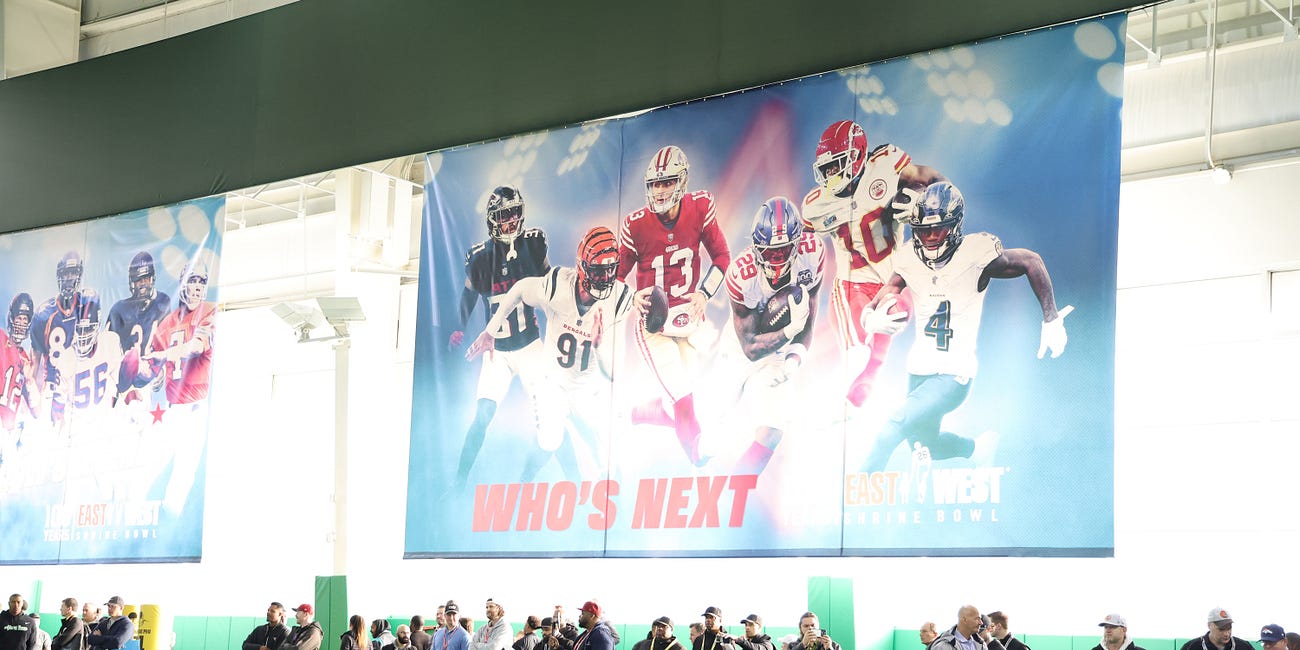
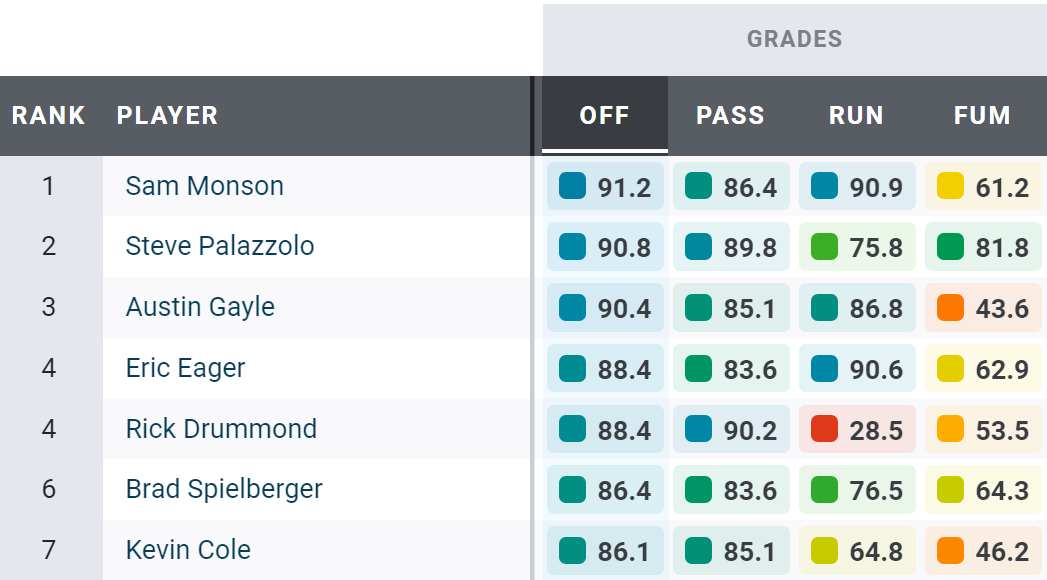
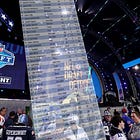









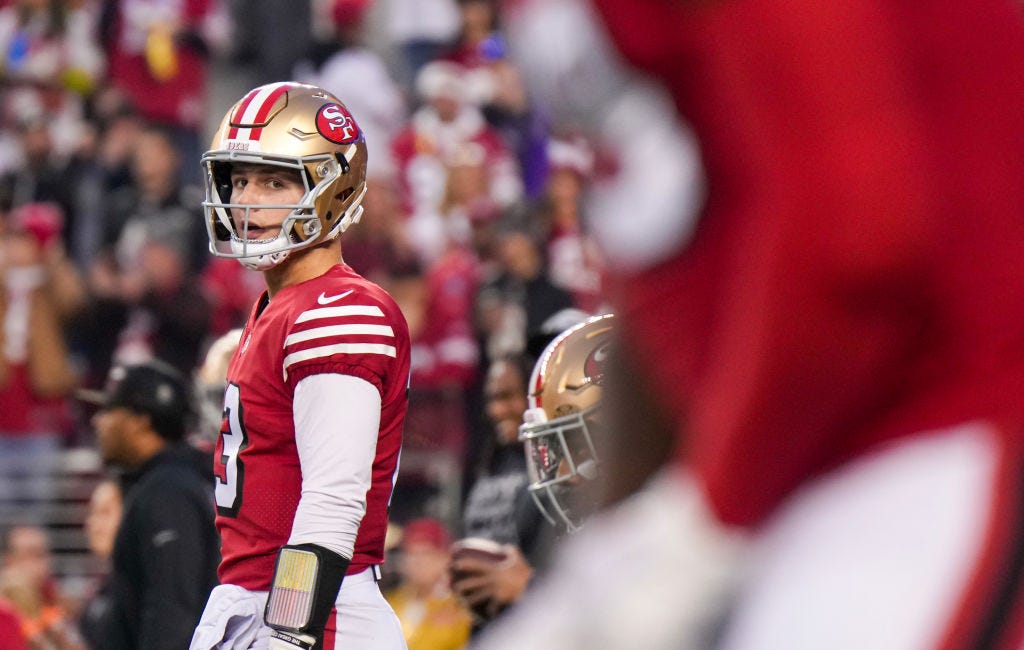
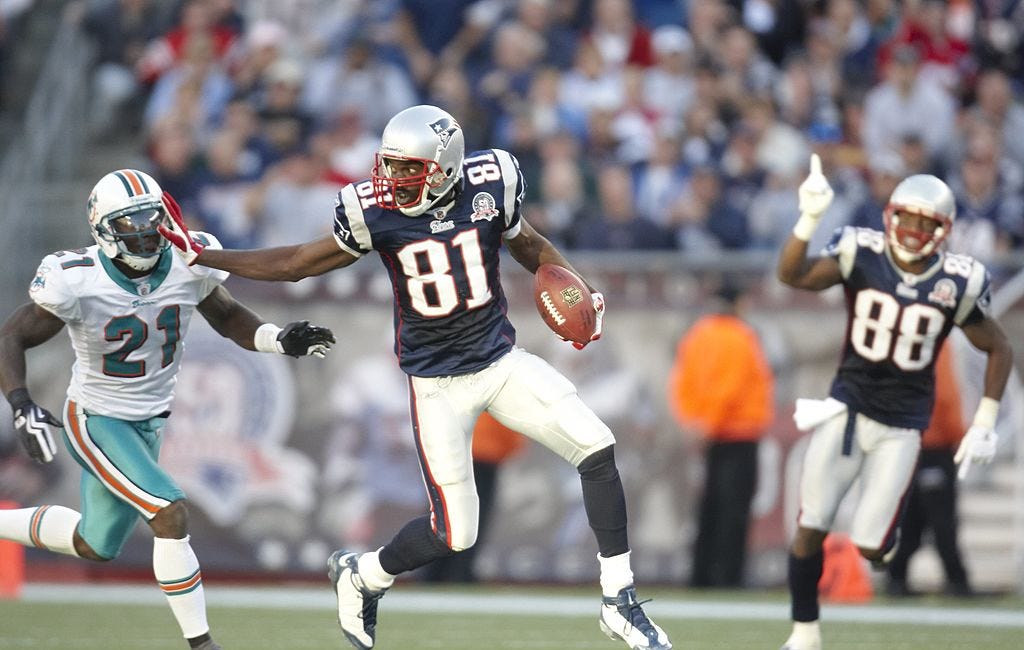


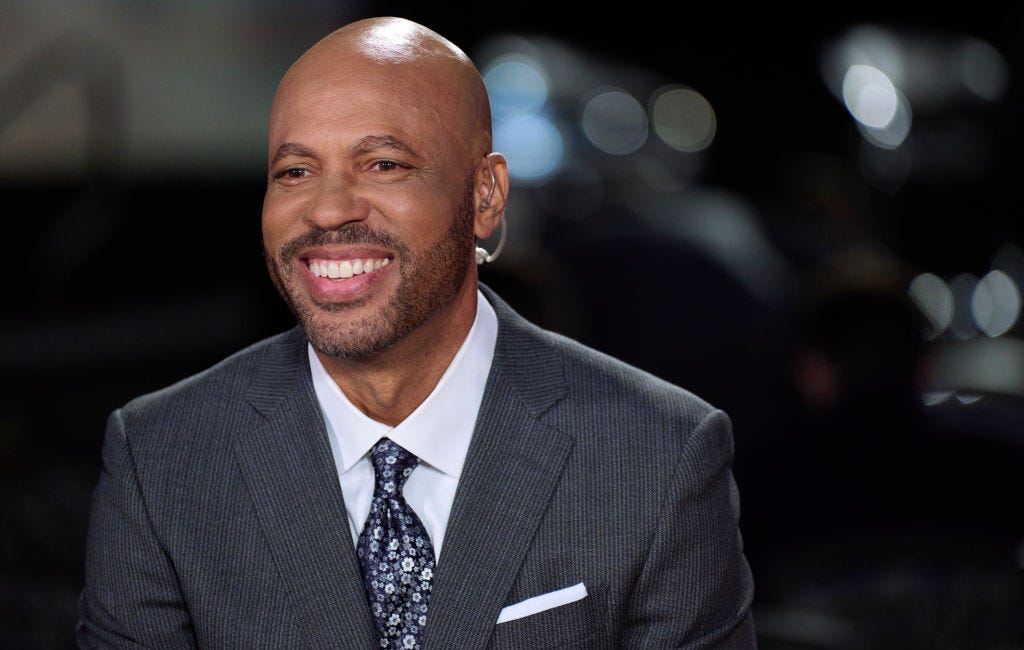

So many links